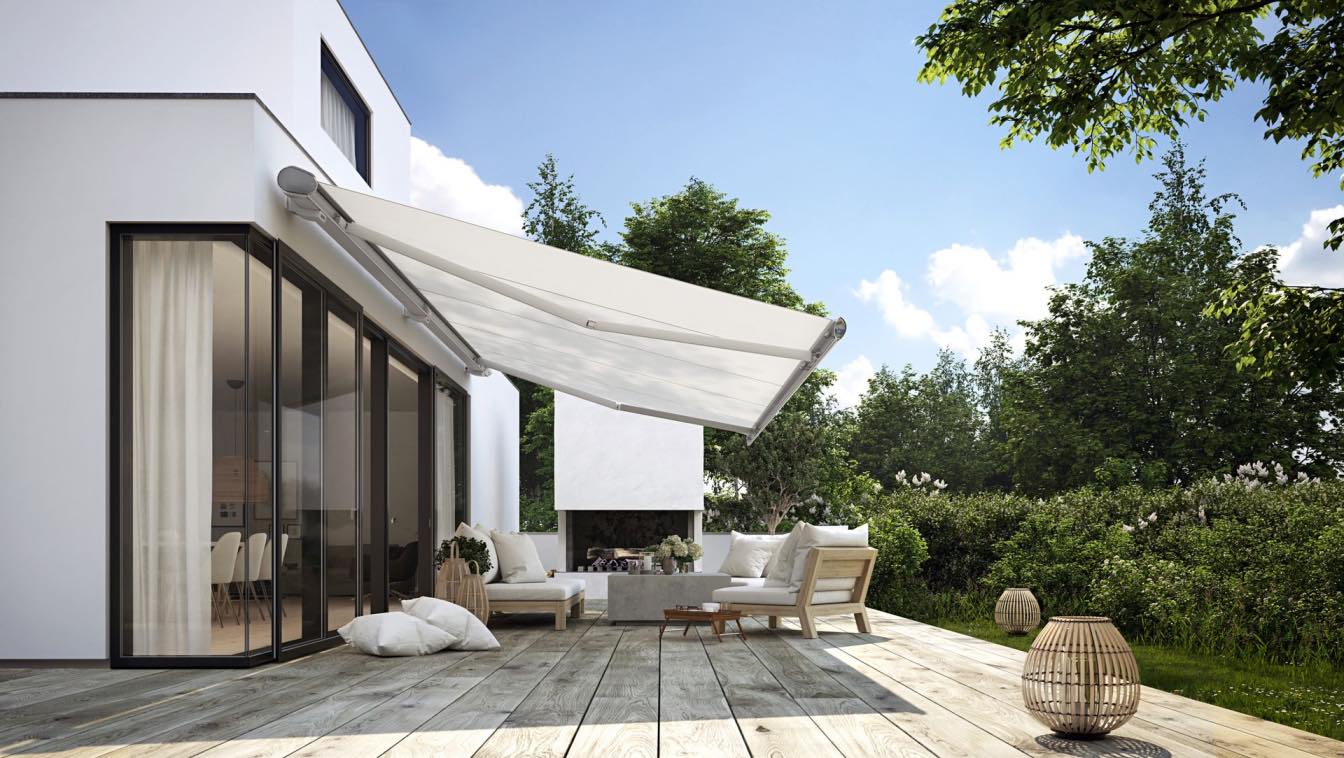Water features can transform a garden from ordinary to extraordinary. They're not just visually appealing but also bring a soothing, natural soundtrack to your outdoor space. Whether it's a bubbling brook, a serene pond, or a cascading waterfall, integrating water features can significantly enhance your garden design.
In this article, you'll discover how water features can add depth, movement, and tranquility to your garden. We'll delve into the various types of water features, their benefits, and how they can be seamlessly incorporated into your existing garden design. So, if you're looking to elevate your garden to the next level, stay tuned.
The Benefits of Integrating Water Features
Unveiling the benefits of integrating water features highlight their ability to transform a garden's design significantly. Water features bring a depth of aesthetics and serenity, forging a sublime harmony with nature.
Aesthetic Appeal of Water Features
Water features unquestionably add an elegant grace to garden designs. Their sparkle in sunlight, shimmer under moonlight, give gardens a magical aesthetic appeal. According to an article on Dr. Homey, just placing a simple water bowl garnished with floating flowers or a grandeur waterfall can instantly elevate the appeal of the garden. They add dynamism with their ceaseless motion, refracting light in unique ways. This dynamism brings vivacity and fluidity into gardens, making them visually stunning.
Promoting Biodiversity with Water Features
The conservationist side to water features shouldn’t go overlooked, as incorporating water bodies in gardens boost biodiversity. They act as a draw for a multitude of species, from birds to bees, frogs to fishes, introducing a novel ecosystem within the garden borders. For instance, a beautifully crafted pond can become home to colorful fishes, while bird baths attract an array of local birds. These water features prove beneficial for local wildlife, offering both food and water sources, thereby promoting biodiversity.
Evaluating the Ideal Water Features for Your Garden
Precision characterizes the process of selecting the optimal water features for a garden. Each choice plays a significant role in an enchanting garden design, echoing its theme and reflecting the owner's style while respecting the area's constraints.
Considering the Size and Layout of Your Garden
Assessment marks the first step towards acquiring appropriate water features. Garden size and layout are essential determining factors in this evaluation. For instance, small gardens might benefit from compact, freestanding water features, such as bubbling urns or compact fountains. Garden layouts with significant green spaces, on the other hand, offer more creative possibilities. Here, expansive features like garden ponds or cascading waterfalls find ample room for placement, brilliantly accentuating the garden's proportions.
Choosing the Right Water Feature for Your Style
Solidifying one's style forms the second phase in the process. Personal preference heavily influences the selection of water features. For the lovers of modernistic styles, sleek water walls or geometric fountains align well with their aesthetic preferences. Equally, those partial to a naturalistic approach may find a rustic stone bird bath or a landscaped pond more appealing. Consequently, choosing water features that resonate with one's style ensures that these additions seamlessly incorporate into the existing garden design, creating an aesthetically coherent look.
Steps to Integrate Water Features in Your Garden Design
Transitioning from generic garden designs to incorporating water features entails effective planning, right equipment, and proficient execution. A step-by-step strategy helps to avoid unwanted surprises and ensure the optimal integration of water elements into your garden.
Planning for Water Feature Placement
Identifying the right spot for your water feature impacts its overall contribution to your garden's ambiance. Factor in aspects such as sun and wind exposure, visibility from key areas of the property, and proximity to electricity supply. For example, placing a water fountain near a patio enhances the site's serenity, given the soothing sound of flowing water. Also, consider the available space. A small babbling brook fits appropriately into a compact garden, whereas larger gardens may accommodate a sizable pond.
Equipment and Materials Needed
Procuring the correct equipment and materials aids in the smooth installation of water features. Essential items include the water feature (fountain, pond, waterfall), a water pump, tubing connections, river rocks, a basin or reservoir, and appropriate tools for digging and assembly – like a shovel and pliers. Remember, the materials you select, such as the type of stone or metal for your water feature, should align with your garden's theme and personal style.
Installation Process for Common Water Features
The installation process varies with the type of water feature. For instance, a bird bath simply requires a stable, flat surface, whereas a water wall or waterfall necessitates plumbing. Here's a quick rundown on how to install three common types:
1. Bird Bath: Position it on a flat section of your garden, making sure it's protected from potential predators.
2. Bubbling Rock Water Feature: Dig a hole, place the rock base, install tubing, and create a water reservoir. Surround with stones or plants for a natural look.
3. Water Wall: This requires complex installation. You'll need to build a wall structure, install a basin and a pump, and integrate a waterproofing system before finally installing the water wall.
Note that professional installation might be the best choice if the project is complex, or you're not confident in your DIY abilities. Navigating these steps will facilitate the integration of water features in your garden design, amplifying its visual appeal and tranquility.
Maintaining Your Water Features
Now that you've embraced the serene addition of water elements in your garden, let's talk about their upkeep. This section sheds light on the routine care requirements plus some typical woes you might encounter along the way.
Regular Cleaning and Care
Maintenance starts with frequency, ensuring a clean and functioning water feature. Scrub the feature once a week, ridding it of any visible debris or algae. For features like bird baths and bubbling rocks, a simple rinse and scrub suffice. For larger installations like ponds or waterfalls, it's advisable to invest in a quality pond vacuum.
It's equally crucial to monitor water levels regularly, topping up as necessary. Especially during summer months, features tend to lose water due to evaporation and this could impair pump function.
Lastly, don't forget the annual tasks. For those in colder regions, winterizing your water feature before the onset of the frosty season is a must. On other hand, post-winter, when one braces the onset of spring, start reactivating your features, check all components for any possible damages over winter. Regular checks ensure longevity and allow for early detection and resolution of any issues.
Dealing with Common Water Feature Issues
Troubling sights like dirty water, pilings of leaves, small rodents frequenting the area might affect your water feature. Fear not, most of these are easy to rectify.
As an example, for dirty water, you often find the culprit to be accumulation of organic substances. Use of a biological enhancer or a UV clarifier often gets the situation under control. In case of leaves barraging into your feature, employ a pond net to catch falling debris before it infiltrates the water. If smaller rodents make a regular appearance, consider peripheral plants that naturally deter these critters.
Lastly, should you encounter a leaking feature, first conduct a thorough inspection of the waterbody and lines, looking for visible cracks or damages. For small issues, a sealant applied correctly takes care of the problem. For more significant damages though, professional help might be required to reseal the pond liner or redo parts, if not all of the features.





